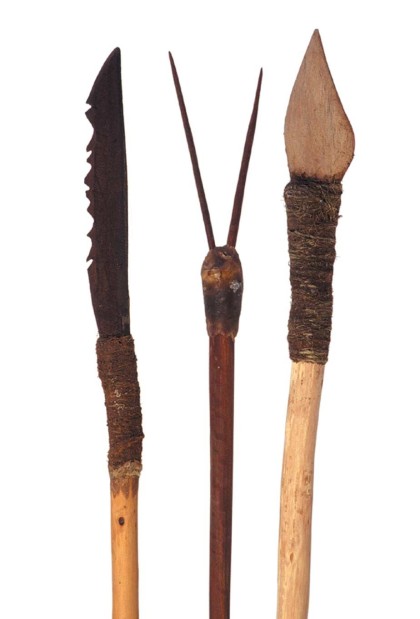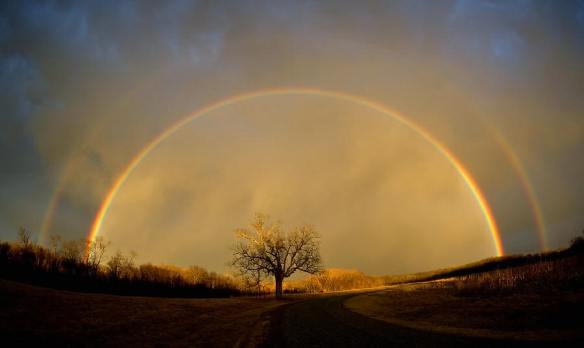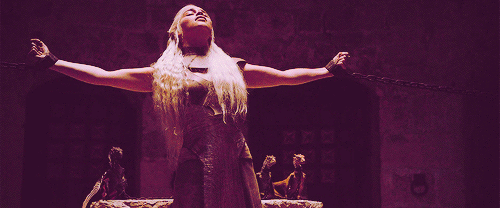Boyfriend and I have been learning Spanish. And because he’s far more dedicated to his lessons than I am, it bothers him endlessly that I speak the language with much more ease than he does. Sadly this problem – his problem – has no solution because he just doesn’t have the natural flair for language and the instinctive grasp of syntax with which I have been gifted.
Wow, saying that really felt as good as I had thought it would.
Anyway, the truth is, Boyfriend finds it difficult to speak another language with flair because in his mind, he can only think up sentences bound within the constraints of English grammar and whittled into shape by rules emblazoned onto his very consciousness by twelve years of Jesuit and Anglican missionary schooling in Calcutta. My parents, on the other hand, exhausted from having raised the two children that came before me, decided to have some fun the third time around, and basically treated me like a long experiment in child rearing practices. One such experiment was the school they sent me to – a new age, hyper-liberal place (I’m not complaining) that didn’t have any tests or exams until the eighth grade (still not complaining). However, this also meant that for most of my years in school, English lessons consisted of sitting under the banyan tree on the edge of the football field and reading books of my choice. So, yeah. I’ve probably had a grand total of four lessons in English grammar, as a result of which when I’m formulating a sentence in another language, my brain doesn’t tie itself up into a knot over how the “object pronoun must come after the verb, and not before.” (I’m quoting Boyfriend. I’d have to think for a few minutes before I could even tell you what the hell an object pronoun is.)
Grammar apart, another thing that bothers Boyfriend a lot is the division of noun classes. (You know what that is, right? It’s the division of nouns into various categories based most commonly on sex/gender, but also on shape, type, animacy, etc.) In English this is easy because it’s mostly logical: there’s masculine – distinctly male animate creatures such as men or roosters; feminine – distinctly female animate creatures such as women or tigresses; and neuter – which applies to all inanimate objects, such as pillows or billboards. In a lot of other languages, however, these classes are based less on logic and more on convention, thus making it almost impossible to predict without former knowledge that a coche – Spanish for “car” – is masculine, while a noche – Spanish for “night” – is feminine. This obviously confuses the hell out of Boyfriend’s language-by-rules brain, and on one such hilarious moment, as he hopped about looking like he would rip his hair out, I sat coolly in my corner on the couch and quoted an old pun I’d learned in French class several years ago:
“Une catastrophe est féminine…”
“What?!” Boyfriend stopped hopping.
“You know, French noun classes are also based entirely on convention, and a ‘catastrophe’ belongs to the feminine class. Ergo, the pun, ‘A catastrophe is feminine’, which also implies by reversal that femininity – or women – are catastrophic…”
As you may have expected, I then launched into an impassioned speech about the inherent sexism of a phrase such as this. Boyfriend listened patiently and interestedly, even contributing to my rant, but on his face I could see he was dying to spout some completely obscure factoid. This obviously led me to prolong my speech just to torture him a little bit, but after I had had my amusement I stopped, so he could say this:
“Did you know that in one of the Australian aboriginal languages the noun class for women is the same as the noun class for fire and for dangerous animals?”
Wow, seriously? Because “A catastrophe is feminine” has nothing on “A fire-breathing, blood-sucking, venomous taipan-centipede-crocodile is feminine.”

That, mon cher, is a catastrophe. (Image source.)
The language in question is Dyirbal, spoken by the Dyirbal tribe of Northeast Queensland. Dyirbal is an endangered language – there are very few people remaining in the tribe who use it as their primary tongue. Most people among the younger generation across the various aboriginal tribes of Australia now use English more than they do aboriginal languages. A 2006 census suggested there are fewer than 30 speakers of Dyirbal, and in the seven years since, this number has possibly plummeted to a single digit. Of course, like all languages Dyirbal has undergone considerable changes over the years, but its noun classes remain among the most interesting things about it. Unlike most Latin or Indo-Germanic languages, noun classes in Dyirbal are not as simple as masculine, feminine, and neuter. It has four noun classes, which are as follows:
1: Bayi – this includes men, harmless animals, the moon, and rainbows.
2: Balan – this includes women, dangerous and venomous animals, fire, water, the sun, and stars.
3: Balam – an entire category for trees and edible fruits and vegetables.
4: Bala – includes everything else: meat, parts of the body, stones, noises, and language, among other things.
What fascinates me most is that each of the three classes of bayi, balan, and bala has a few types of spears categorized under them. This leads to two obvious questions: A) Just how many different types of effing spears can one tribe possibly have? And B) How different must these spears be from one another that some of them are rainbow-like and harmless, some of them are lethal and scary, and some of them are just so insipid, the best you can do with them is to dump them unceremoniously in the same category as gall stones. Or burps.

Is it a man? Is it a woman? Is it a gall stone? (Image source.)
Obviously, this division of classes prompts many interesting questions about the cultural equations and gender perceptions within the tribe that have informed, and are informed by, the assignment of a specific class to an animate or inanimate object. Dr. Lera Broditsky of Stanford University conducted a study (referred here and here) on Western languages, about the effect the gender assignment of objects has on the psychology of the people speaking that language – German speakers, for whom keys – schlüssel – are masculine, describe them as hard, heavy, jagged, and useful. Spanish speakers, for whom keys – llaves – are feminine, describe them as golden, lovely, and intricate. In Dyirbal, then, one wonders if dangerous animals and fire fall in the same category as women because femininity is considered strong and powerful, or because it is considered destructive, harmful, and something to be wary of? And are men considered mostly harmless, because they are clubbed in the same category as possums and fish? Or are they beautiful, because they can be compared to rainbows?

So, umm, are we going with gentle, light, and airy? Or strong and scary like a crossbow? (Image source.)
Either way, I’d rather be associated with fire, water, and dangerous animals. I mean, possums are cute, but cute is for babies. As Alicia Keys might say, this girl is on fire.
P.S.: I realized I used images from Game of Thrones in the last two posts. So I thought, Hey, why not take that route again and make it a hat-trick? I leave you, dear readers, with the ultimate image of a woman, fire, and dangerous animals.

Dracarys! (Gif source.)

